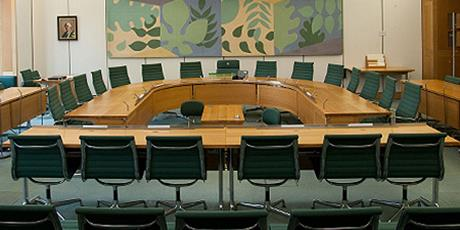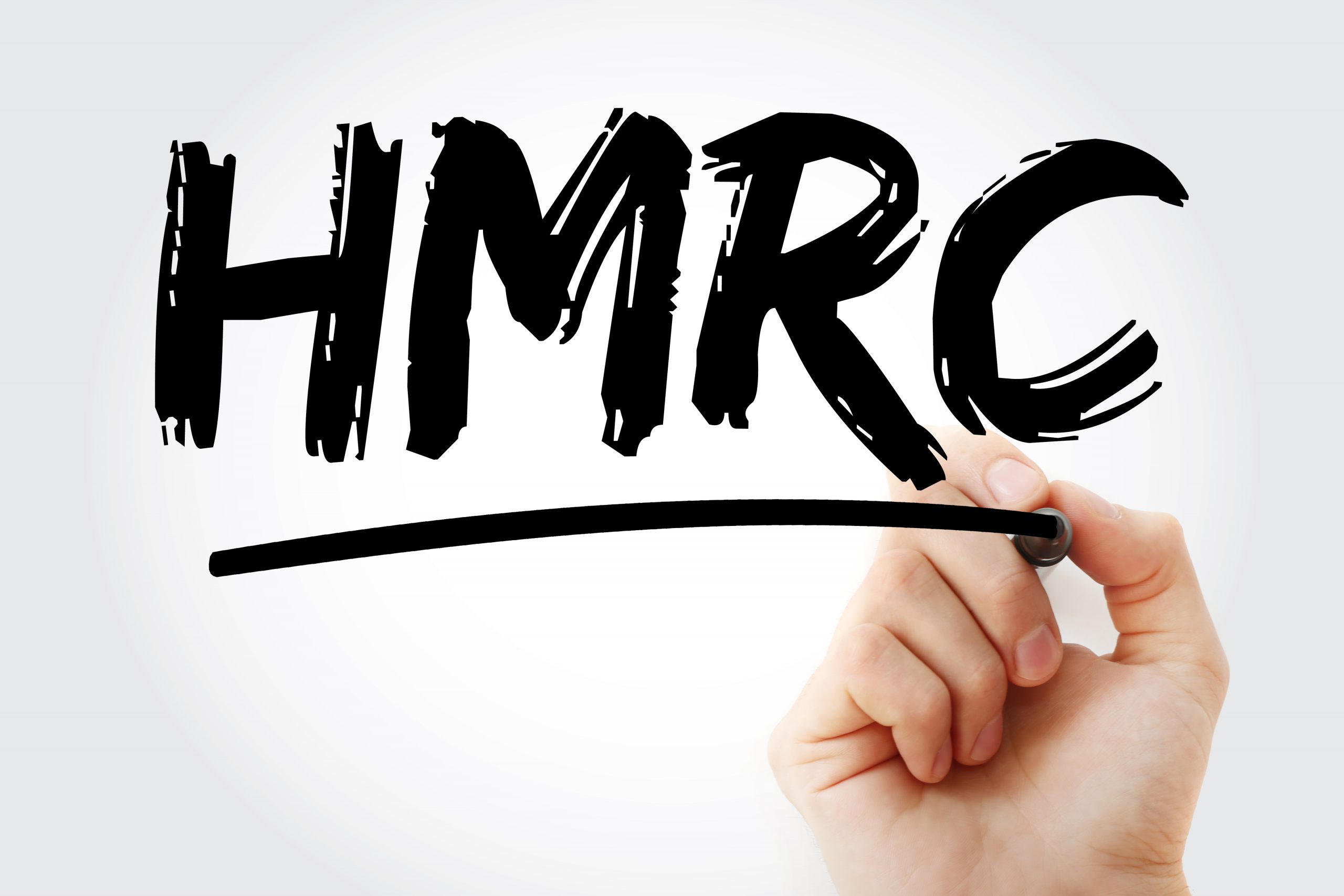
by Alex Dunnagan | May 2, 2023
HMRC must do more to deter and punish tax cheats following disruption to its compliance programme caused by the pandemic, according to a new report by the Public Accounts Committee. It shows HMRC opened 32% fewer cases in 2020-21 than the previous year, after 4,000...

by Alex Dunnagan | Nov 17, 2022
Minimal efforts to close the tax gap, despite HMRC producing a return on investment of up to 18:1 with compliance work. DWP to receive an extra £112m a year to tackle fraud, but HMRC only to receive £15m. Once again, the government is prioritising going after benefits...

by Alex Dunnagan | Apr 11, 2022
A step in the right direction, but more to be done £161m investment in HMRC compliance work – set to bring in an additional £3bn over next five years New 50 strong HMRC team tackling R&D fraud to be in place by 2023 Fraud within the tax system costs the UK tens of...




